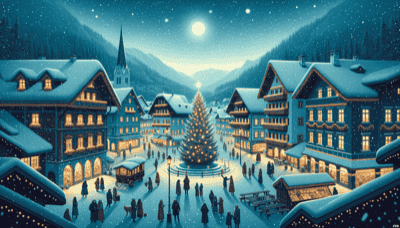We're here to help you keep count of the days to or since a date. Just click the button below and enter your chosen date to get started. Also choose the suggested days or search for a special day above #countingthedays

History and Traditions: New Year's Eve in Panama, known as "Nochevieja" or "Año Nuevo," is a cultural celebration that marks the end of one year and the beginning of another. The traditions are a blend of indigenous, Spanish, and Afro-Caribbean influences reflecting the country's diverse heritage.
One of the key traditions is the burning of "muñecos," effigies often representing well-known figures or disliked politicians. These effigies are set ablaze at midnight to symbolize the purging of the old year's bad experiences and welcoming positive energy for the new year.
Fireworks displays are also a significant part of the celebration, with families and communities setting off colorful pyrotechnics at midnight. This practice fills the sky with vibrant colors and sounds, marking a communal celebration of hope and joy.
What People Do: On New Year's Eve, Panamanians typically gather with family and friends to share in festivities. They enjoy traditional food such as arroz con pollo (chicken with rice), tamales, and lechona (roast pork). Many attend parties or go to public celebrations where music, dancing, and socializing continue until after midnight.
As midnight approaches, it is customary for people to eat 12 grapes—one for each stroke of the clock—making a wish for each grape consumed. This practice is thought to bring good luck for each month of the coming year.
In Panama City and other urban areas, public concerts and street parties are common, where people can enjoy live music ranging from salsa to reggaeton. In coastal areas or near beaches, celebrations often involve bonfires and parties that continue until dawn.
Overall, New Year's Eve in Panama is a time of joyous celebration that emphasizes family bonds, cultural traditions, renewal, and hope for prosperity in the year ahead.